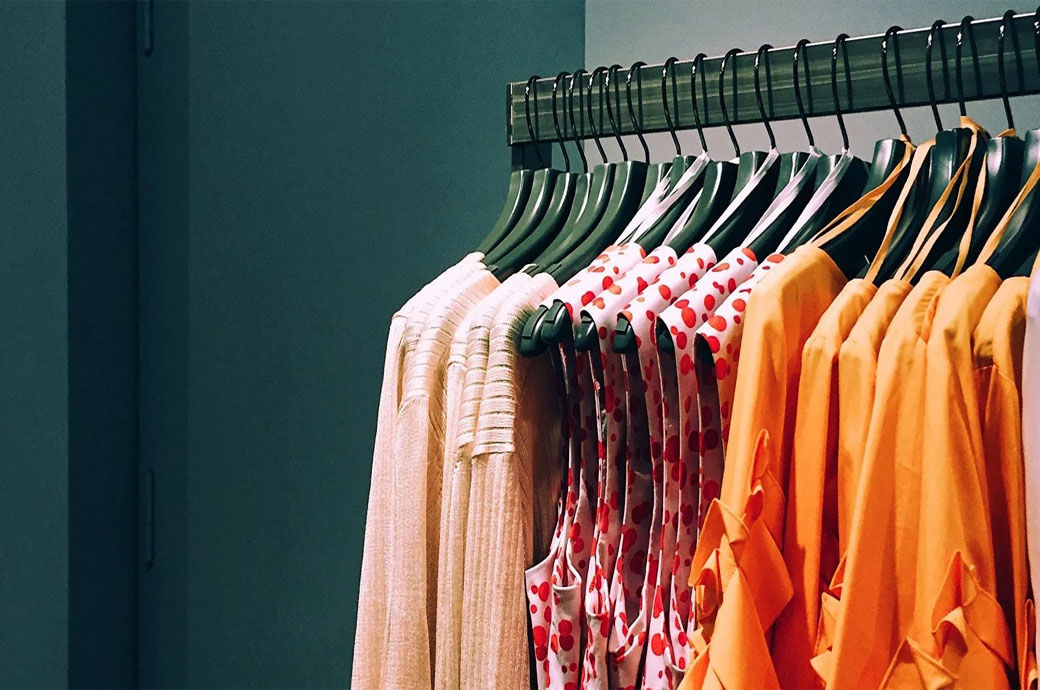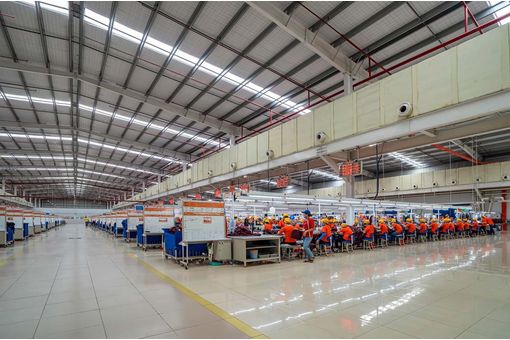India's online fashion market to grow to $35 bn by FY28 at 25% CAGR

Insights
- India's online fashion market—worth nearly $11 billion—is expected to grow to nearly $35 billion by FY28 at a CAGR of 25 per cent, according to Bain & Company.
- Bain's research suggests that the digital disruptor segment will grow rapidly.
- With a projected annual growth rate of 35 per cent, digital disruptors can reach a value of $10 billion by FY28.
The online fashion market in India is worth nearly $11 billion now.
E-commerce has democratised access to fashion, including fashion brands. The category has seen around 30 per cent historical growth, compounded annually, since 2019 in the country.
The growth has been led by four categories of players: national brands, private labels, digital disruptor brands and unbranded sellers.
The fashion and lifestyle space is India’s second largest consumer category, valued at $110 billion with approximately 10 per cent online at $11 billion.
This market has been historically fragmented into several small brands and sellers. The vibrant domestic manufacturing ecosystem and rich tradition of native fabrics have led to a structurally unbranded market, particularly in certain categories such as ethnic wear.
Venture capital and private equity funding in the lifestyle space has historically been relatively muted. However, this market is undergoing a significant change, the consulting firm noted.
Consumer preferences are shifting, with an increasing willingness to experiment with new brands and a growing desire to wear aspirational brands.
Certain historically fragmented subcategories, such as ethnic wear and kids wear, are also undergoing significant transformation with the growth and scaling of new digitally led brands.
National brands have turbocharged their online businesses, doubling online share, and now constitute $2.5 billion online in FY23, having grown at 34 per cent between 2019 and 2023. However, most national brands expect to see a more balanced growth pattern with offline channels as the impact of the pandemic wanes, Bain & Company observed.
Private labels have scaled to address underserved categories and price points, thereby expanding the target consumer base for branded products.
Digital disruptors have grown, especially in certain fragmented categories, to $2.4 billion, with 33 per cent growth yearly since 2019. These new brands have focused on underserved parts of the market and created new offerings that index on value, design aesthetics, speed to market with new trends, or community engagement. Their digital-first operating model enables speed and data-led decision making.
Bain’s research suggests that the digital disruptor segment will grow rapidly. With a large current market size of approximately $2.4 billion and a projected annual growth rate of around 35 per cent, digital disruptors have the potential to reach a value of $10 billion by FY28. Four major factors will underpin this shift:
Young audiences have a greater propensity to try to buy from new brands. As they constitute a growing share of online fashion purchases, the market for digital disruptors will grow.
Certain categories with underserved niches and brand fragmentation, such as expressive wear, ethnic wear, and fashion jewelry, allow digital disruptors to create new-scale brands.
Brands that have invested in creating greater awareness are already seeing nonlinear returns on conversion and share of wallet (SoW). Increasingly, this will support returns to scale for such brands to achieve significant leadership positions.
Fashion brands face four common challenges on their scaling journeys: managing assortment complexity, new category expansion, investing in building the brand and running efficient operations, Bain & Company noted.
Relative to beauty and personal care where 12 per cent of stock keeping units (SKUs) drive most sales, fashion has a long tail where the top 20 per cent of SKUs drive less than 50 per cent of sales.
Following the customer would help to identify adjacent categories and expand the SoW. However, customers often buy only two sub-categories from a fashion brand.
There is a need to balance the trade-off between immediate customer acquisition spending and medium-term brand investments that have a three-to-four-year payoff.
Managing inventory and returns and running agile data-led pricing and markdown optimisation can be challenging, but is critical.
In fashion, the threshold scale for hitting profitability is low, it added.
Fibre2Fashion News Desk (DS)
































-Ltd..jpg?tr=w-120,h-60,c-at_max,cm-pad_resize,bg-ffffff)





.jpg?tr=w-120,h-60,c-at_max,cm-pad_resize,bg-ffffff)
.jpg?tr=w-120,h-60,c-at_max,cm-pad_resize,bg-ffffff)









